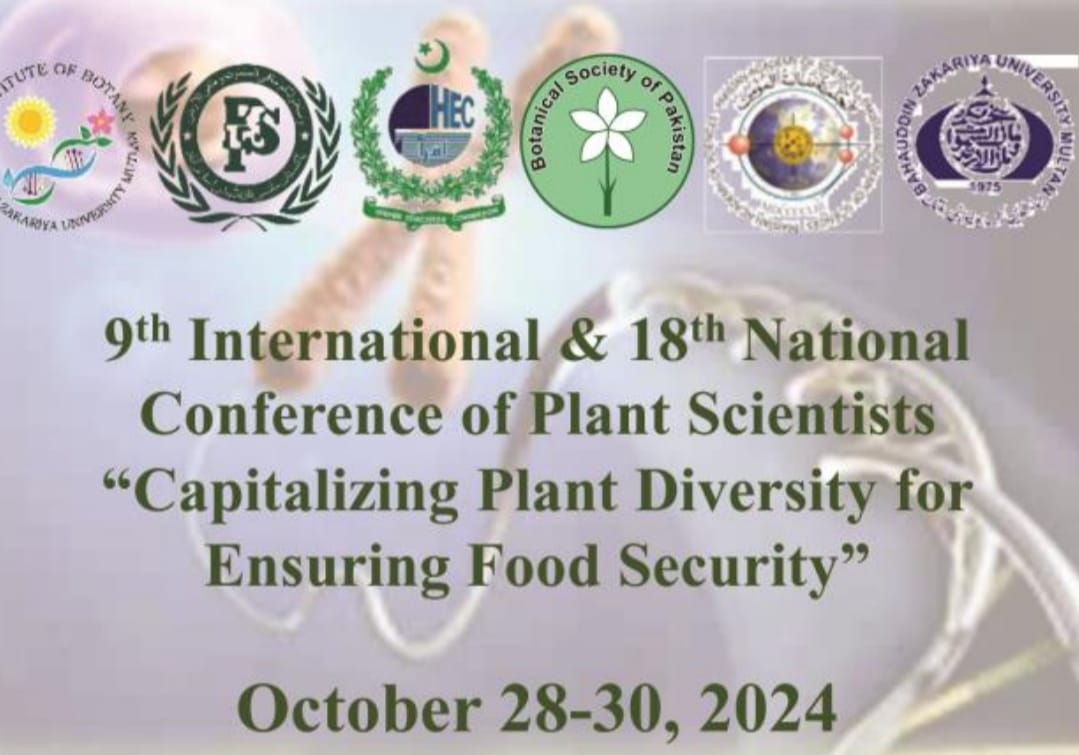PJB-2024-418
MORPHO-PHYSIOLOGICAL STUDY OF VEGETABLES GROWN HYDROPONIC SYSTEM
Syeda Zoia Ali Zaidi
Abstract
Extreme climate change driven by human activities is disrupting ecosystems and threatening the planet's overall balance. In Pakistan, not only are floods, droughts, and landslides caused by global warming leading to food insecurities, but traditional agricultural practices are also major contributors to this issue. Hydroponics, a smart and sustainable agricultural practice, is known to produce twice the yield of traditional methods. To investigate the efficiency of hydroponics technique, an experiment was carried out in the green house of Fatima Jinnah Women University, Rawalpindi for 60 Days to compare the morpho-physiological responses of studied vegetable species. Tomato (Solanum lycopersicum L.), Eggplant (Solanum melongena), Lettuce (Lactuca sativa), Green Chili (Capsicum Annuum) and Okra (Abelmoschus esculentus) were selected for the experiment because all these grow efficiently in warmer season between temperature 25-32 oC. Total 30 plants (6 for each species) were germinated for 10 days and later used for the experiment (3 for soil-based experiments and 3 for Hydroponics experiments). Soil nutrients analysis and hydroponics nutrients uptake analysis were also carried out side by side using UV-Visible Spectroscopy, Atomic Absorption Spectroscopy and Titration method. It was found that Conc. of Zinc in soil was exceeding WHO permissible limit. Whereas, Sulfate and Nitrate concentrations were deadly low as compared to acceptable limit while, conc. of all other anions and cations in soil were at acceptable level. In hydroponic water analysis, it was found that 42% of supplied Cl- had been taken up by the plants whereas 79% of all supplied Zinc and Iron had been taken up by the plants. Whereas, uptake percentages of other anions and cations ranged between 45% to 62%. Morpho-physiological responses of Lettuce and Tomato in soil-based and hydroponic experiments were almost similar. Whereas, hydroponically grown Okra, Green Chili and Eggplant showed maximum height, roots length, number of leaves and weight. The overall findings indicate that hydroponic systems are superior in terms of crop yield, water efficiency, and reduced environmental contamination compared to soil-based cultivation. Therefore, it is recommended to extend the duration of the experiment and await fruit development for more comprehensive results.
To Cite this article:


